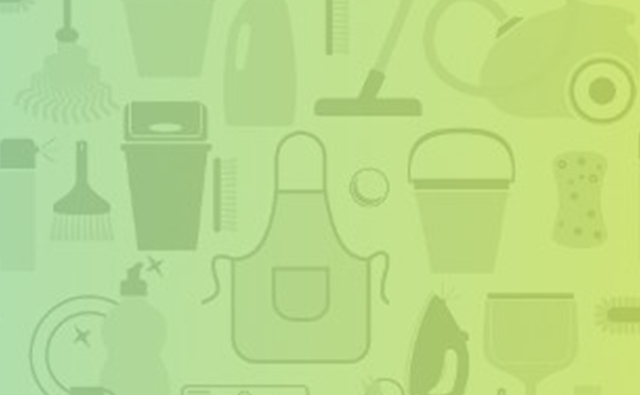Industry News, HI&I Cleaning Care
Sustainable Cleaning Products Summit Recap

Industry News, HI&I Cleaning Care

Green labels are sprouting up in every home cleaning category, but what ones can a marketer trust? This topic and more were featured presentations at the Sustainable Cleaning Products Summit, hosted in Paris last month. Discussions over the two-day executive summit covered the role of green certification schemes, bio-based surfactants, sustainability and marketing developments, and green formulations. The fourth Sustainable Cleaning Products Summit re-iterated some of the sustainability shortcomings in the detergent and cleaning products industry. There is a need for sustainable detergents, made from plant-based feedstock and covering social and environmental aspects. According to conference organizer, Ecovia Intelligence, there has been very low progress in green packaging. Consumer behavior needs to be addressed if the ecological impact of cleaning products is to be reduced. Marketing and distribution is also an issue, especially for natural home care products.
Amarjit Sahota, founder and president of Ecovia Intelligence, got the conversation started with a workshop on green labelling schemes. According to Sahota, the high incidence of greenwashing is partly due to lack of accepted definitions of natural and sustainable terms for detergents and cleaning products. Voluntary schemes like EU Eco-Flower and Ecocert are becoming popular, enabling brands to legitimize their marketing claims. However, an issue is adoption rates, with less than 1% of cleaning products having natural certification. Take-up rates for Nordic Swan and EU Eco-Flower are higher, although they are mainly adopted in northern Europe.
Professor Krister Holmberg from Chalmers University of Technology gave a workshop on bio-based surfactants. According to Holmberg, various types of feedstock can now be used to make such surfactants. He went through the different processes that are commonly used, such as fermentation, enzymatic, and organic chemical processes.
In her keynote, Agathe Derain from Pur Project showed how the rise of the ethical consumer is making green products, like organic foods, to break from their niche status to mainstream. She called for greater transparency from brands and a sustainable lifestyle whereby consumers use products more responsibly. A similar sentiment was expressed by Saskia van Gendt from Ecover which has the Compass of Clean approach to sustainability. The company focuses on human health, environmental health, and packaging health. Julius Rutherfoord gave some insights into the sustainability challenges faced by professional cleaning companies, while Lene Stiil from Allergy Certified outlined possible allergens in home care products. A number of personal care and home care companies are adopting the certification scheme because of the rising incidence of skin sensitivity and allergies.
Stéphane Petitjean, director of GreenFlex, called for home care companies to re-think their value preposition. In light of rising conscious consumption, new products should be designed with sustainable materials and for long-term use. The importance of recycling packaging materials was expressed by TerraCycle. The organization is helping develop a circular economy by collecting packaging waste to design new products.
Dr. Aidan Lavery showed how his company Xeros Technology Group is reducing the environmental impacts of laundry cleaning. By the use of polymer technology, he explained how the water footprint of laundry can be reduced by 80% with its new washing machines. In another paper, Biolin Scientific highlighted how its QSense application is being used to develop green home care products. Peter Malaise from Meta.Consort Partnership gave an overview of the formulation hurdles when developing such products. He said the future of green cleaning products lay with sustainable detergents, which should be designed with end-of-life in mind.
The next European edition of the Sustainable Cleaning Products Summit is scheduled for November 2018.